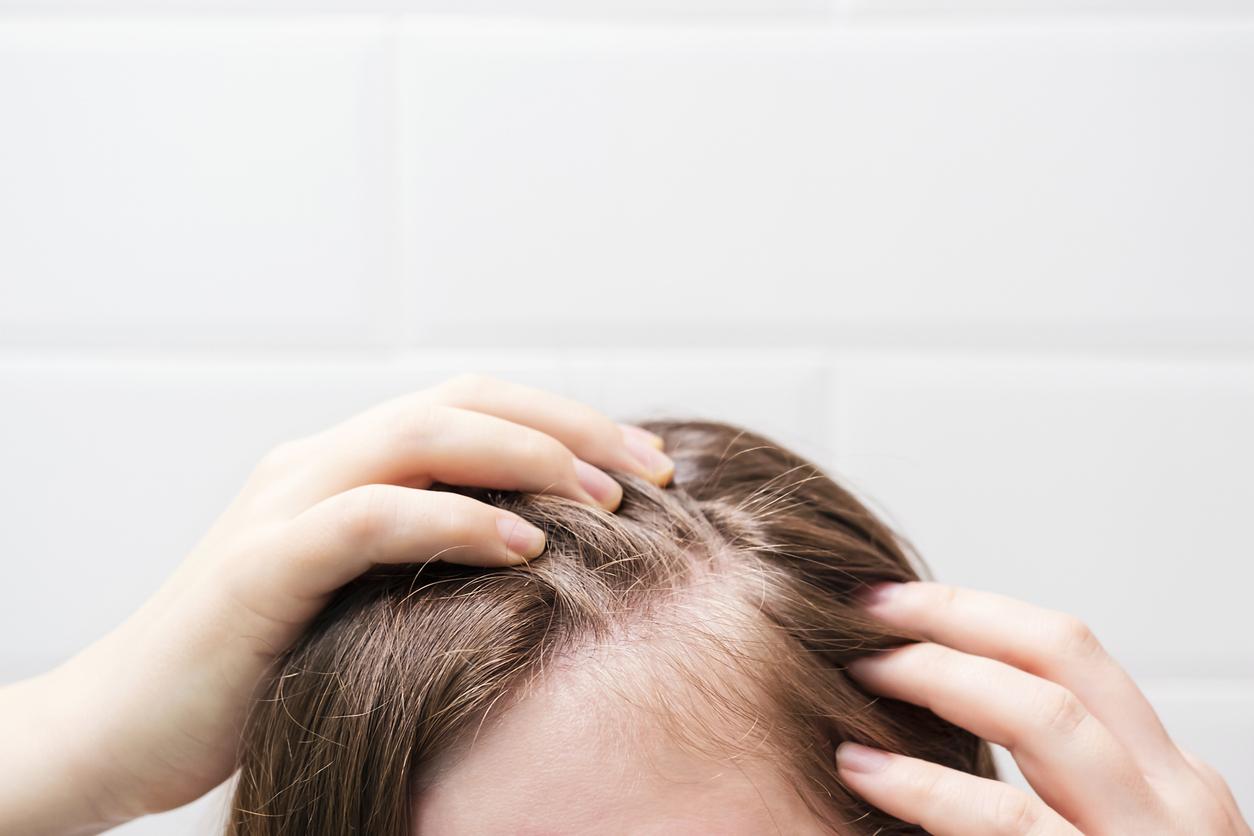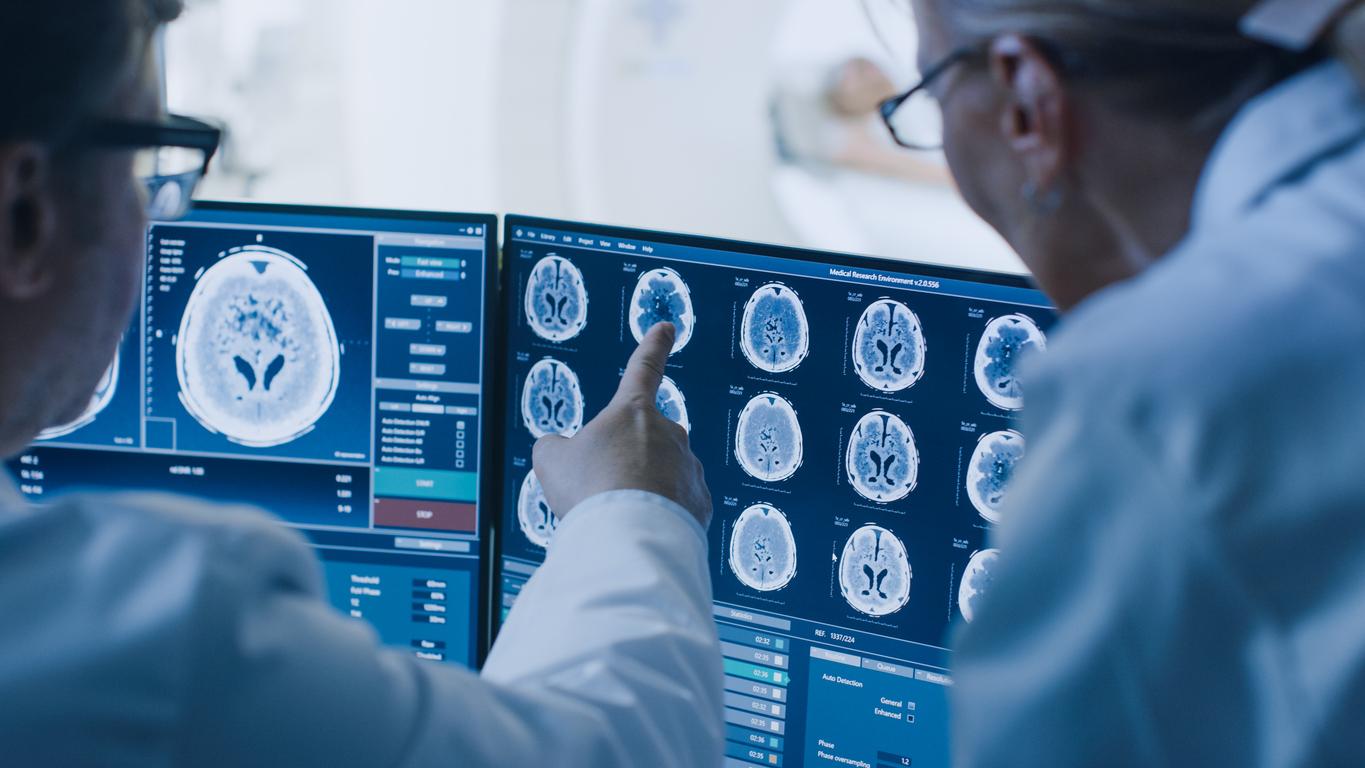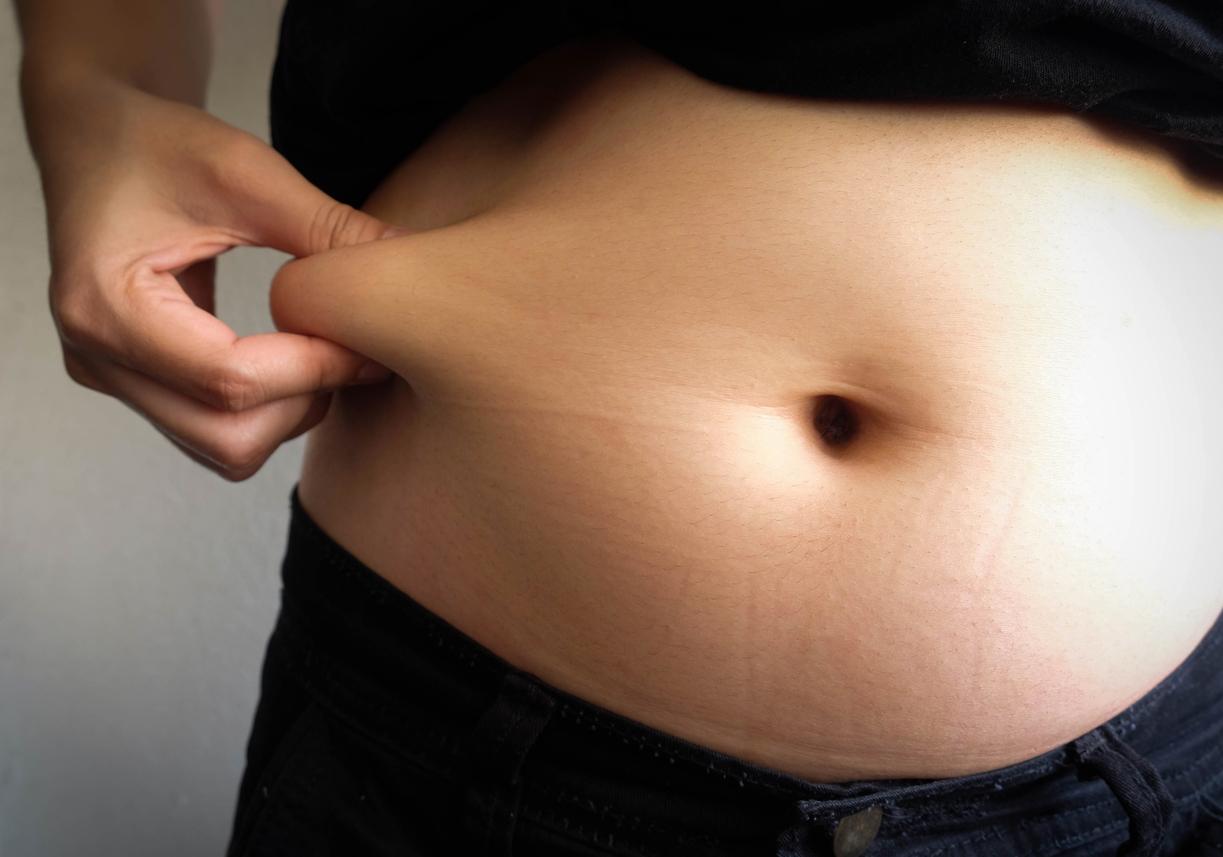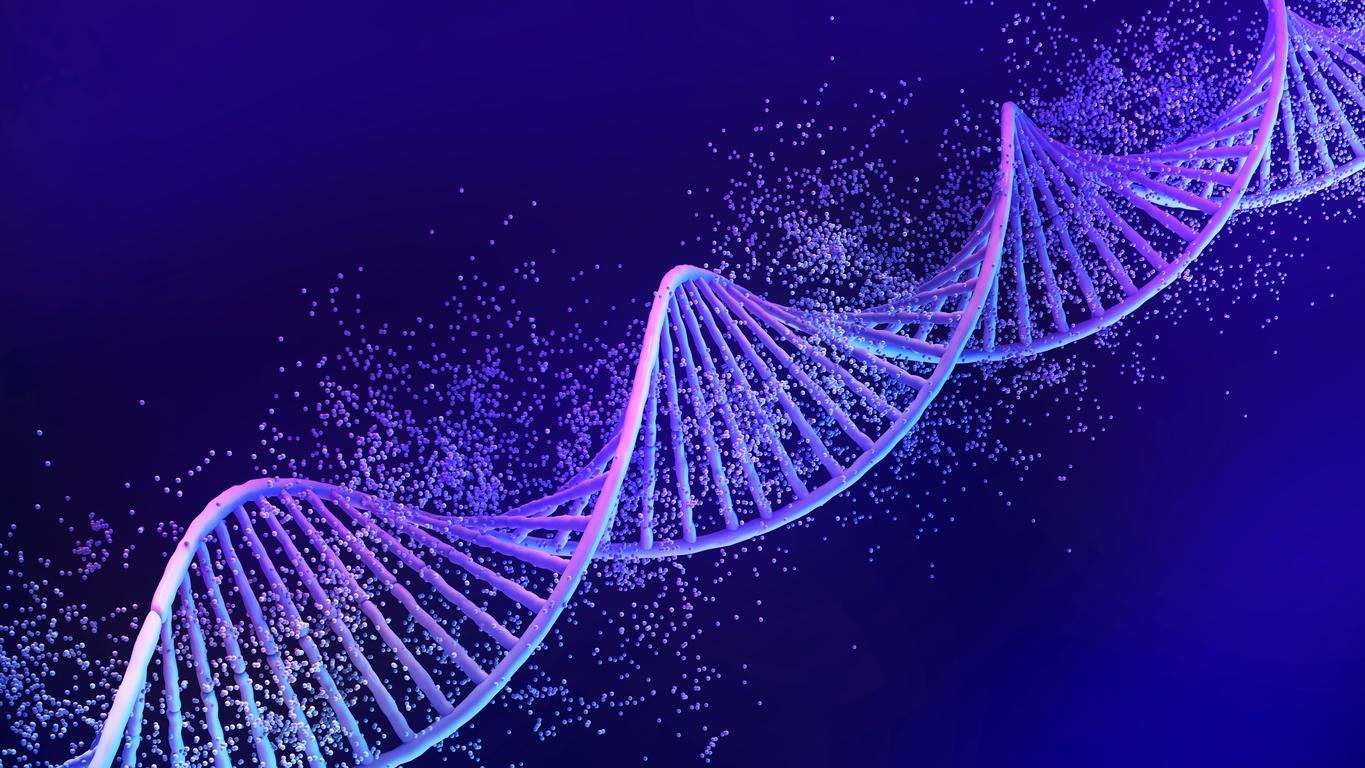German researchers have discovered genetic markers unique to proprioceptor neurons, namely those linked to our sixth sense.

- “We believe that scoliosis is caused by a malfunction in proprioception, which alters muscle tension in the back and distorts the spine,” according to the authors.
- Hip dysplasia, an abnormality of the joint, could also be caused by defective proprioception.
When a person has a lot of intuition, they are said to have a sixth sense. This extrasensory perception is less known than sight, hearing, smell, touch and taste, but it is just as important. “Its role is to gather information from muscles and joints about our movements, posture and position in space, then relay it to our central nervous system. This sense, known as ‘proprioception’, is what allows the central nervous system to send the right signals to the muscles through the motor neurons, so that we can perform a specific movement”, explained Niccolò Zampieri, member of the Max Delbrück Center in Berlin (Germany), in a statement.
A 6th sense essential to coordinate our movements
According to the scientist, this sixth sense is entirely unconscious. Clearly, it works constantly without our being aware of it. For example: it prevents us from falling into the dark. “People without proprioception cannot actually perform coordinated movements,” explains Mr. Zampieri. Along with other researchers, Niccolò Zampieri conducted a study with mice to better understand how this additional sense works. As part of work published in the journal NatureCommunicationsthey describe the molecular markers of the cells involved in this sixth sense.
“From unique genes to proprioceptive sensory neurons linked to each muscle group”
Using single cell sequencing, the authors investigated which genes in proprioceptive sensory neurons related to muscles in the abdomen, back, and legs are read and translated into RNA. “We found genes unique to the proprioceptive sensory neurons linked to each muscle group. We also showed that these genes are already active in the embryonic stage and remain so at least for some time after birth,” said Stephan Dietrich, co-author of the research. He added that this means there are fixed genetic markers that decide whether a proprioceptor neuron will innervate muscles in the abdomen, back or limbs.
“Optimize the design of neuroprostheses” thanks to this 6th sense
According to the researchers, the identified genetic markers should help us to further investigate the development and function of muscle-specific sensory networks. “With optogenetics, for example, we can use light to activate and deactivate proprioceptor neurons, individually or in groups. This will allow us to reveal their specific role in our sixth sense”, said Niccolò Zampieri.
Ultimately, this knowledge and data should benefit patients, especially patients with spinal cord injuries. “Once we better understand the details of proprioception, we will be able to optimize the design of neuroprostheses, which support motor or sensory abilities that have been impaired by injury,” continued the scientist.

















